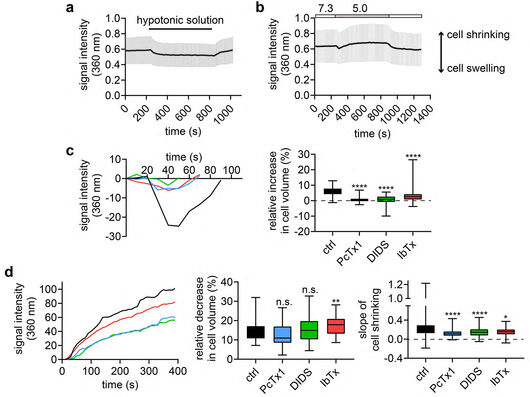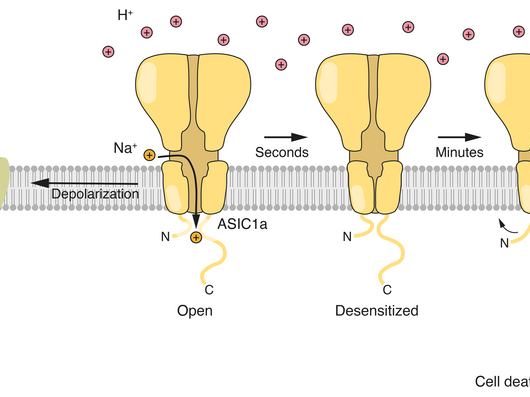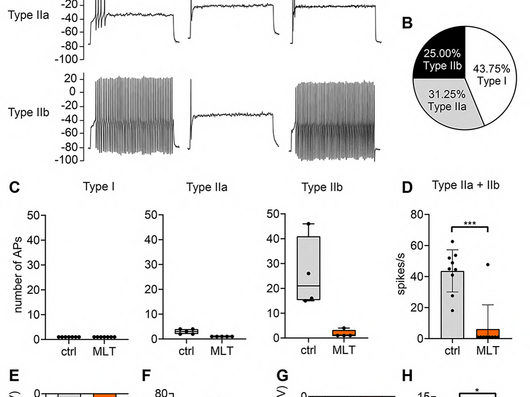
Functional characterization of Acid-Sensing Ion Channels in Glioblastoma stem cell lines
Typically, the tumor microenvironment has a slightly acidic pH. In our most recent study, which was published in the journal Pflügers Archiv – European Journal of Physiology, we functionally…

![[Translate to en:] [Translate to en:]](/fileadmin/files/institute/physiologie/_processed_/9/6/csm__ME18759_4dcd3c7cfd.jpg)
![[Translate to en:] [Translate to en:]](/fileadmin/files/institute/physiologie/_processed_/4/6/csm__ME18836_e9746e1c31.jpg)
![[Translate to en:] [Translate to en:]](/fileadmin/files/institute/physiologie/_processed_/d/e/csm__ME18866_8e2719aa71.jpg)
![[Translate to en:] [Translate to en:]](/fileadmin/files/institute/physiologie/_processed_/b/6/csm__ME18941_58dbfb528e.jpg)
![[Translate to en:] [Translate to en:]](/fileadmin/files/institute/physiologie/_processed_/0/7/csm__ME18965h_2b5a133f2a.jpg)
![[Translate to en:] [Translate to en:]](/fileadmin/files/institute/physiologie/_processed_/a/5/csm__ME18992_688dd41c10.jpg)
![[Translate to en:] [Translate to en:]](/fileadmin/files/institute/physiologie/_processed_/1/1/csm__ME19185_8a61b218cf.jpg)
![[Translate to en:] [Translate to en:]](/fileadmin/files/institute/physiologie/_processed_/7/5/csm__ME27611_14f178eb7a.jpg)

